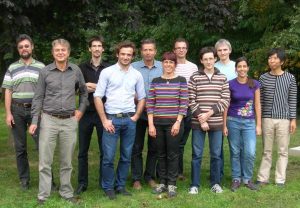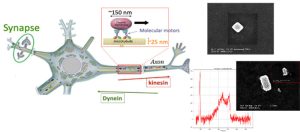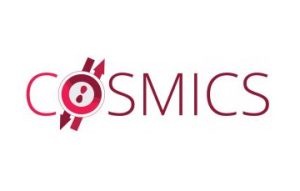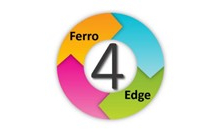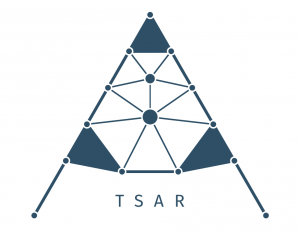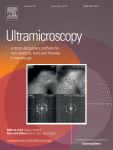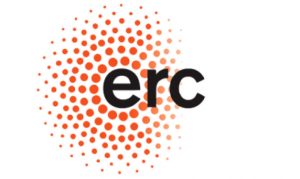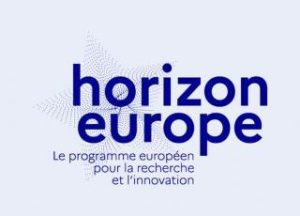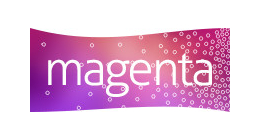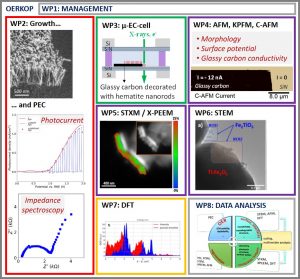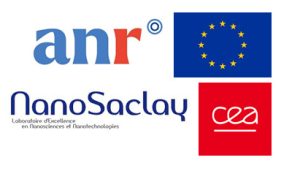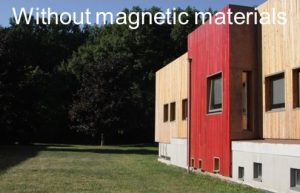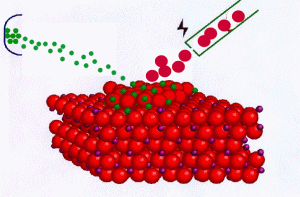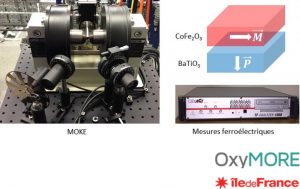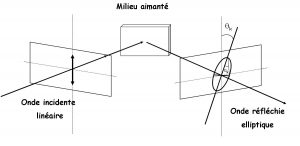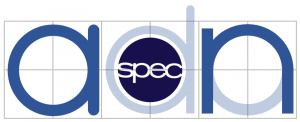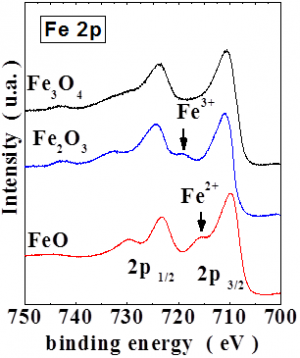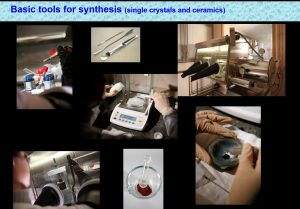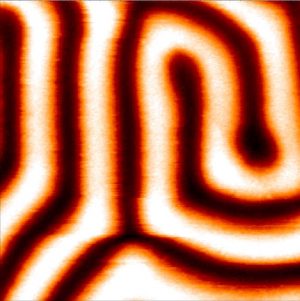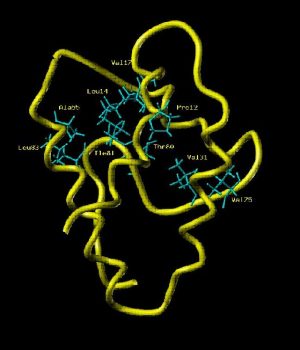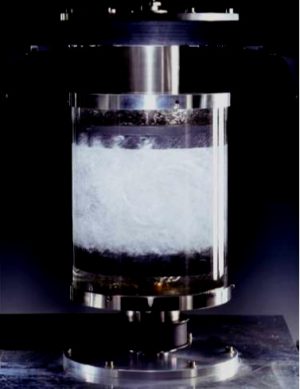The NANOELECTRONICS GROUP activities explore the quantum properties of nano-conductors. In the past, the group developed the world's first electronic quantum shot noise measurements to show the quantum noise suppression by the Fermi statistics, to evidence the e/3 fractional charges in the Quantum Hall Effect regime or to study the statistics GHz photons emitted by quantum conductor.
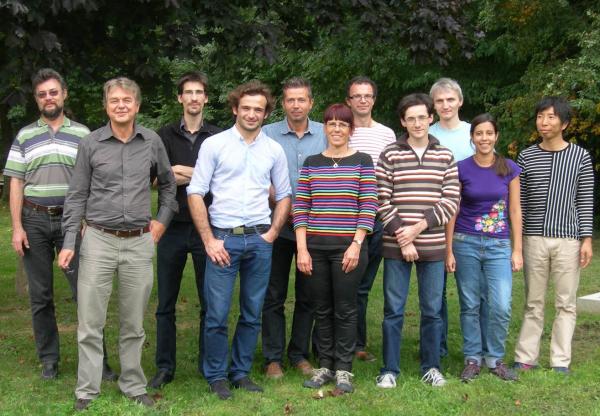
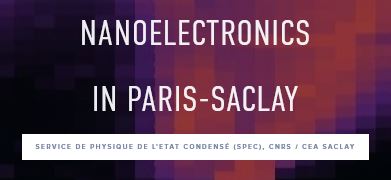
Our research activities are:
- Electron Wave Optics: electronic interferometer similar to optical ones are available using the edge channels of a 2D electron gas in the Quantum Hall regime. Our Mach-Zehnder interferometer have probed the electron coherence length to shed light on decoherence mechanism.
- Electron Quantum Optics: on-demand injection of electrons in a conductor opens a new field of quantum experiments. A new time-resolved excitation carrying a single charge, a Leviton, has been evidenced thanks to electronic Hong-Ou-Mandel correlation and noise spectroscopy.
- Electron quantum noise and microwave photon noise: photon emission by a conductor is a new field of research. A voltage biased Quantum Point Contact generating shot noise has shown its photon emission cut-off at frequency ev/h. First time measurements of the statistics of photon emitted by a tunnel junction have been done.
- Application of Photo-Assisted Shot Noise (PASN): the creation of electron-hole pairs in a quantum conductor by external irradiation leads to photo-assisted shot noise. The first on-chip PASN detector has been built which detects the high frequency noise emitted by a Quantum Point Contact by the PASN induced in another QPC.
- Graphene Plasmonics and Quantum Hall effect: the universal scaling laws of variable range hopping transport limiting the Quantum Hall effect have been determined. The chirality of collective edge magnetoplasmon waves has been evidenced and the cyclotron orbit drift velocity on Graphene edge determined using an original picosecond pulses method.
- NEMS:Graphene as a microscopic drumhead mechanical resonator which will be cooled to its fundamental quantum state. Of interest is decoherence time of this truly mesoscopic resonator. Potential application of such a quantum mechanical oscillator as a microwave-optical coupler will also be considered.




